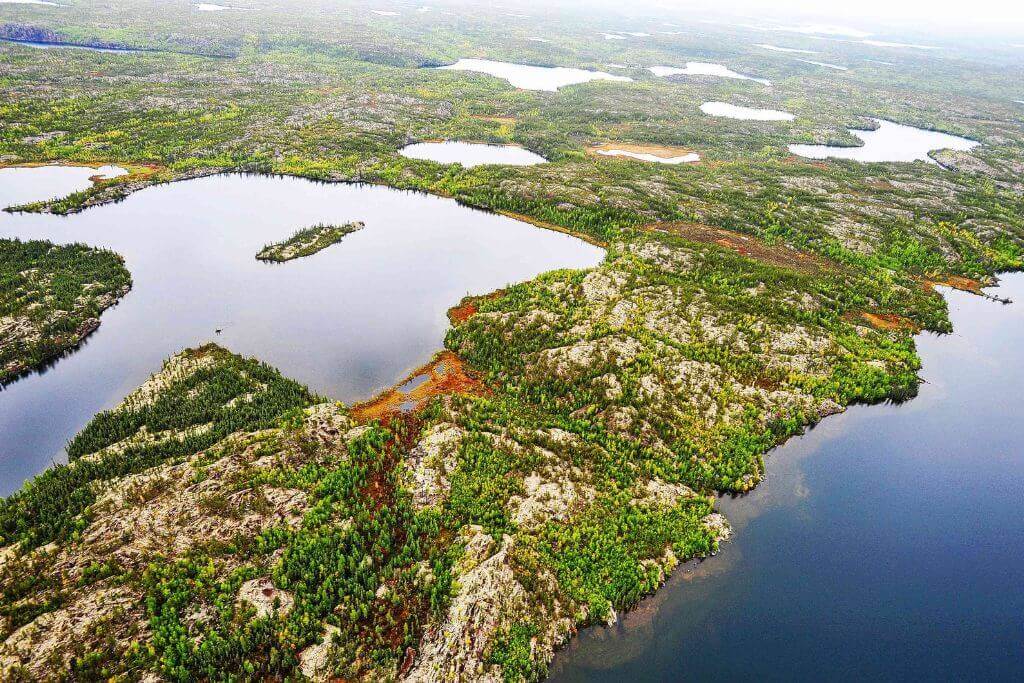When it comes to lakes, Canada has some astounding statistics, accounting for around 60% of all lakes in the globe. Not only does it feature over 3 million lakes, but it also has some of the deepest lakes in the world. So, what is Canada’s deepest lake? Continue reading to find out!
1. What is The Deepest Lake in Canada?
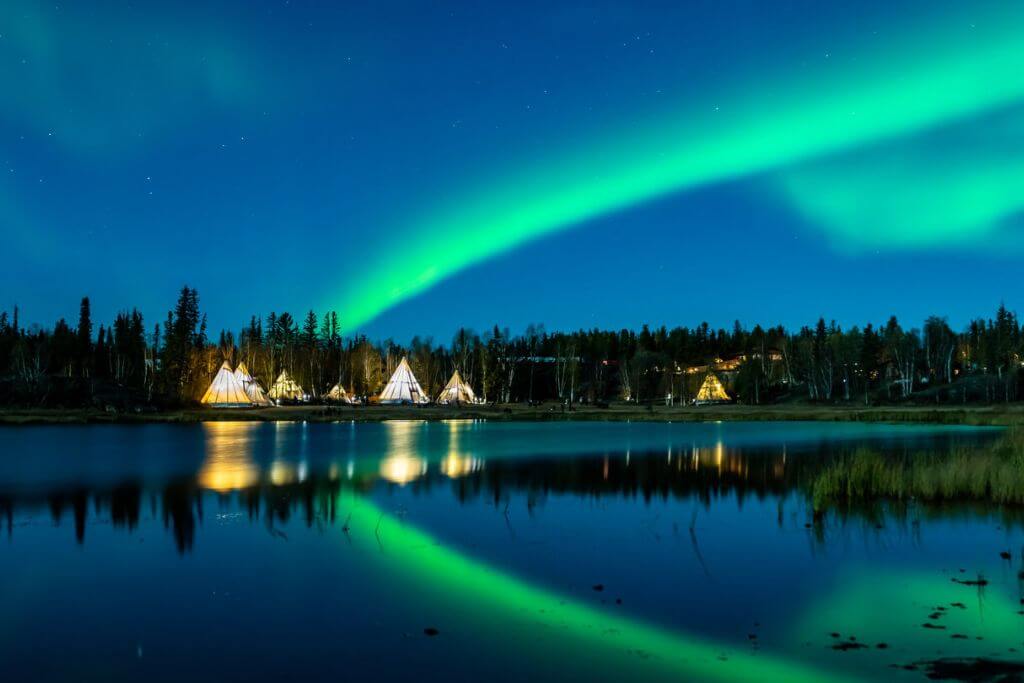
Great Slave Lake is the deepest lake in North America and is located in Canada’s remote Northwest Territories. Great Slave Lake is the largest lake in Canada, the largest lake in North America, and the eighth deepest lake in the world, measuring 2,015 feet deep. Because it is so close to the Arctic Circle, this lake has thick enough ice in the winter that vehicles can drive on it.
2. The cultural history of the lake
Following the retreat of glacial ice, indigenous peoples were the first to settle near the lake. Archaeological evidence has revealed numerous periods of cultural history, including the Northern Plano Paleoindian culture (8,000 years ago), Shield Archaic (6,500 years), Arctic small tool tradition (3,500 years), and Taltheilei Shale tradition (3,500 years) (2,500 years before present). Based on the type or size of lithic tools, each culture has left a distinct mark in the archaeological record.
- Do you know 11 Picturesque Lakes In BC And Best Things To Do
3. Where does the name “Great Slave” come from?
Great Slave Lake first appeared on European maps in the mid-nineteenth century, with the rise of the fur trade from Hudson Bay to the northwest. The moniker ‘Great Slave’ was derived from the English translation of the Cree exonym, Awokanek (Slavey), which they referred to as the Dene Tha. At the time, the enslaved people were Dene tribes dwelling on the lake’s southern coasts. As the French explorers engaged directly with the Cree traders, the enormous lake was referred to as “Grand lac des Esclaves” which was subsequently translated into English as “Great Slave Lake”.
4. Top 12 Reasons why you should visit Great Slave Lake – The Deepest Lake in Canada
Best place to sailing
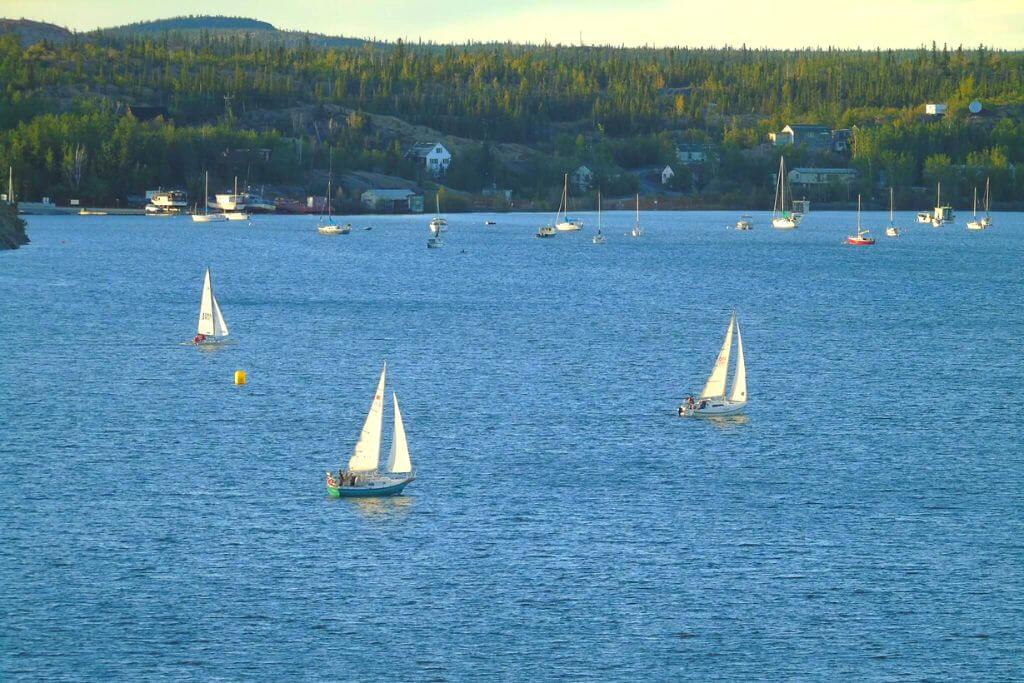
Long days keep boats on the water virtually 24/7, even though the sailing season is shorter than on southern lakes. Yellowknife Sailing Club organizes summer races and expeditions, and it’s easy to crew.
Explore the oldest rocks in the world
Northwest Territories has the world’s oldest rocks. North of the deepest lake in Canada is 2.7 billion-year-old rocks. East Arm has 2 billion-year-old rocks. Southern shore rocks are 390 million years old.
Fish abound
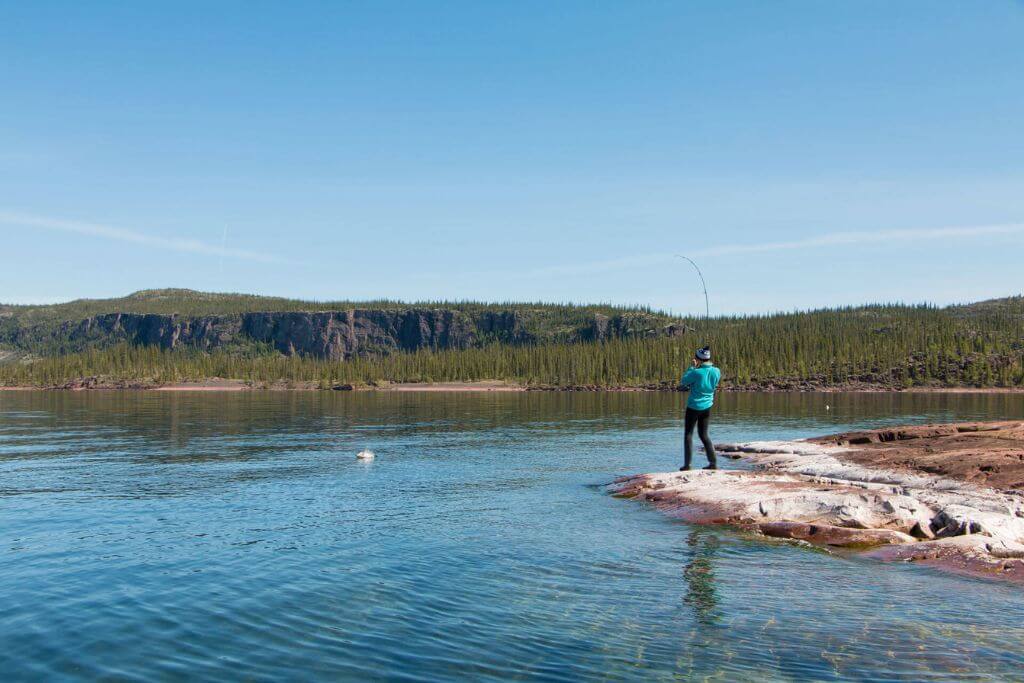
Great Slave’s seemingly deep depths teem with Northern pike, Arctic grayling, and trophy-sized trout. 5,000 trophy anglers visit the Great Slave’s North Arm and East Arm each year. Because the lake is clear and chilly, fish linger near the surface in summer, and 24-hour daylight lets anglers fish late. The lake’s size means they can go days or weeks without seeing anyone.
There are cool communities
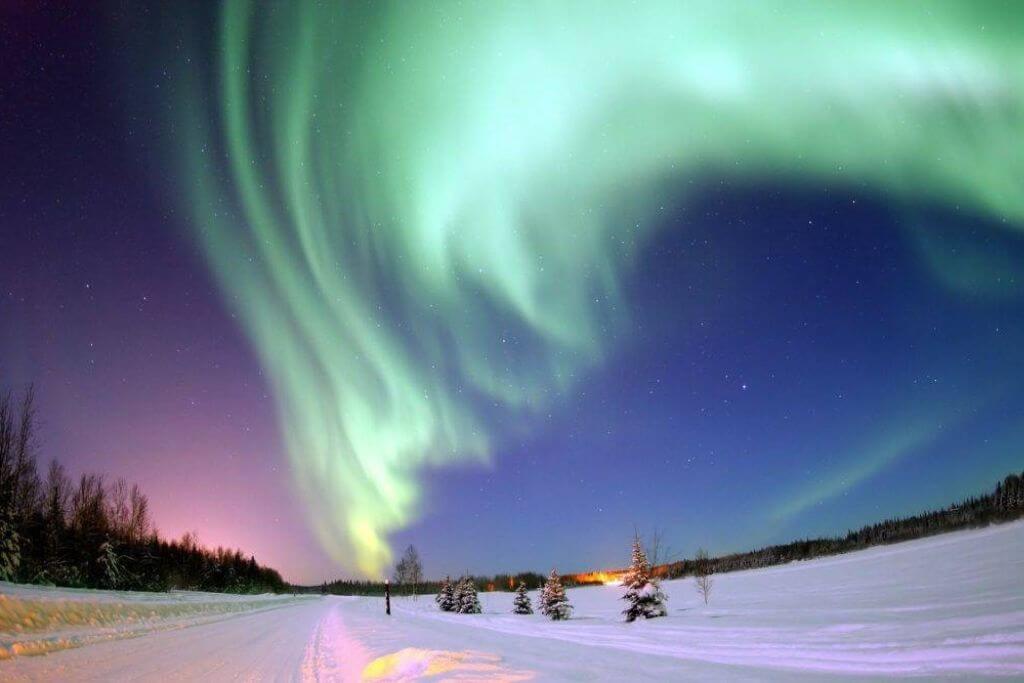
Today, the Great Slave Lake shoreline is home to more than half of the inhabitants of the Northwest Territories, who live in five settlements. Yellowknife, the capital city; Hay River, a commercial fishing and transportation hub; Fort Resolution, a tranquil and historic Métis village; traditional Łutsel K’e on the beautiful East Arm; and fast-growing Behchokǫ̀ on the North Arm are among them.
Colorful houseboats
Yellowknife Bay has around two dozen colorful houseboats. Residents power their floating dwellings with solar, batteries, and generators and transport rubbish. This nautical neighborhood conducts a canoe-and-kayak drive-in film festival.
Awesome arms
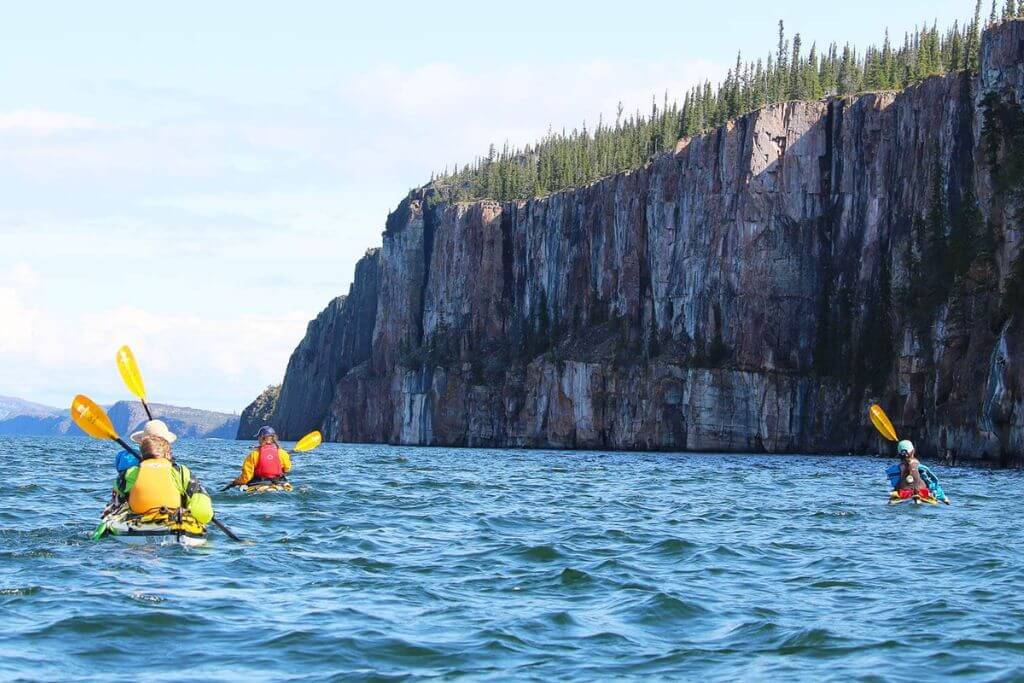
The East Arm of Great Slake Lake is popular for a good reason. It has many islands, tight canals with red cliffs, and world-class fishing. North Arm has sandy beaches, a diversity of birds, and plenty of pikes.
Explore Dene lore
Hundreds of people from Lustsel K’e and other Northern towns make an annual journey to Fort Reliance to witness Ts’akui Theda. In Dene legend, the seated woman at the top of the waterfall represents a protective, maternal force.
It’s a perfect paddling area
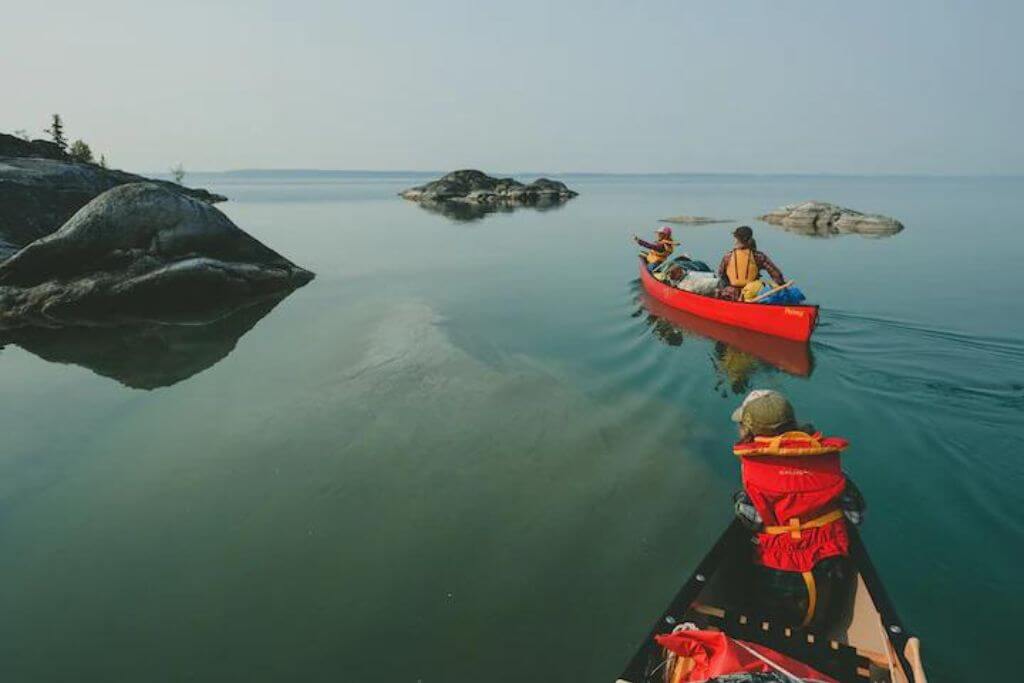
Great Slave, the deepest lake in Canada, is a tranquil kayaking, canoeing, and paddleboarding site. East Arm has many islands, cliffs, and lovely waters. Yellowknife and Fort Resolution can be photographed from the lake.
A heaven for bird life
Great Slave Lake is a stopover and nesting location for many species. Variable water depths, climate, ecology, and plant life attract various birds, including bald eagles, gulls, arctic terns, ducks, tundra swans, and geese. The West Mirage Islands, just beyond Yellowknife Bay, are key breeding bird habitats, while the North Arm’s marshes and small islands attract more than 100,000 northern waterbirds each spring. Egg Island near the Slave River Delta has the most gulls. East Arm’s cliffs and islands support bald eagles, terns, and gulls.
Amazing ecology
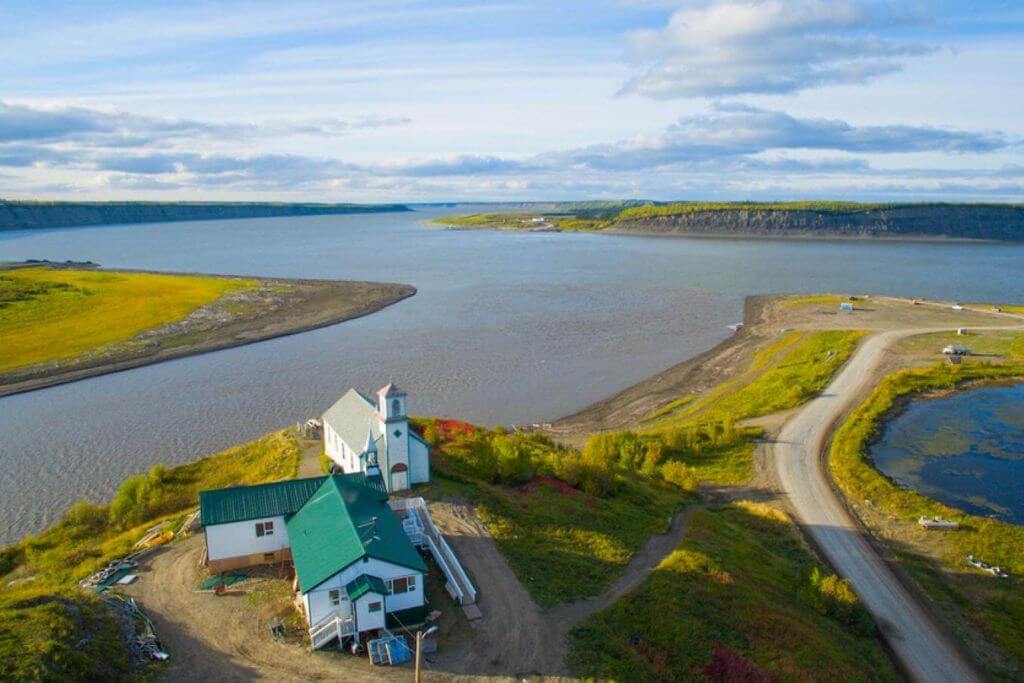
The Great Slave Reservoir supplies Canada’s longest river, the Mackenzie. The 434-kilometer-long Slave River supplies 77% of its water. Great Slave sits near the western edge of the Canadian Shield, where the forested boreal shield meets the Mackenzie Valley taiga. McLeod Bay and Christie Bay are rocky, while the south and west shores are rich in bays and marshes with wooded islands. North Arm has marshes, bays, and wooded islands. The East Arm has hundreds of rocky outcrops and copper cliffs.
Many best views
The vista from Yellowknife’s Pilot’s Monument is unbeatable. This rocky promontory in Old Town offers a panoramic view of Back Bay and Yellowknife Bay.
A lot of the best festivals are here!
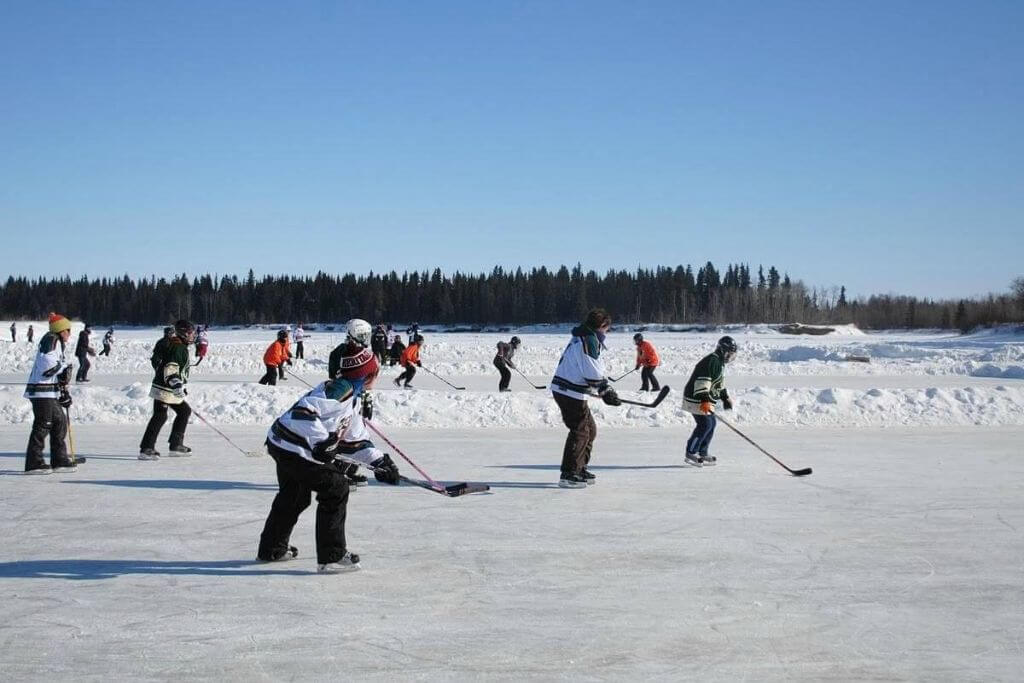
The enormous lake hosts the Hay River Pond Hockey Tournament, Yellowknife’s Long John Jamboree, and SnowKing Winter Festival.
5. Top 5 Deepest Lakes in Canada
Great Slave Lake
It is the deepest lake in Canada and the 8th deepest in the world.
Quesnel Lake: the world’s 13th deepest lake
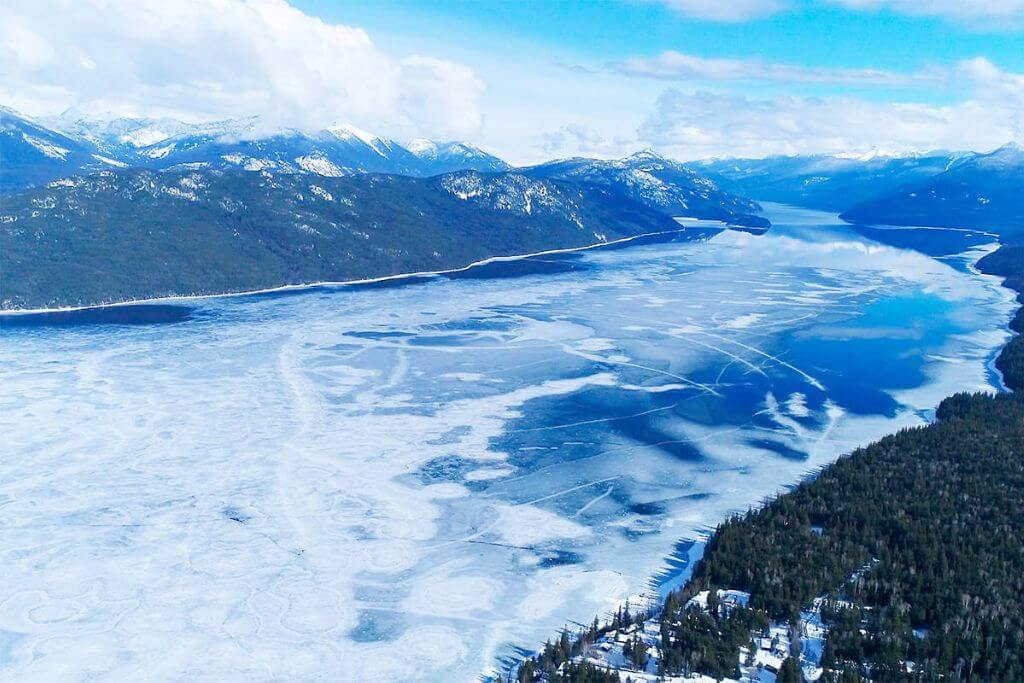
Quesnel Lake is a glacier lake on the Fraser River in British Columbia. It is the deepest fjord in the world, and the fifth deepest in British Columbia, with a maximum depth of 2,000 feet. Because live bait or barbed hooks are not permitted, as well as catch-and-release rules on steelhead, Quesnel is widely renowned for fishing.
Grand Lake: the world’s 19th deepest lake
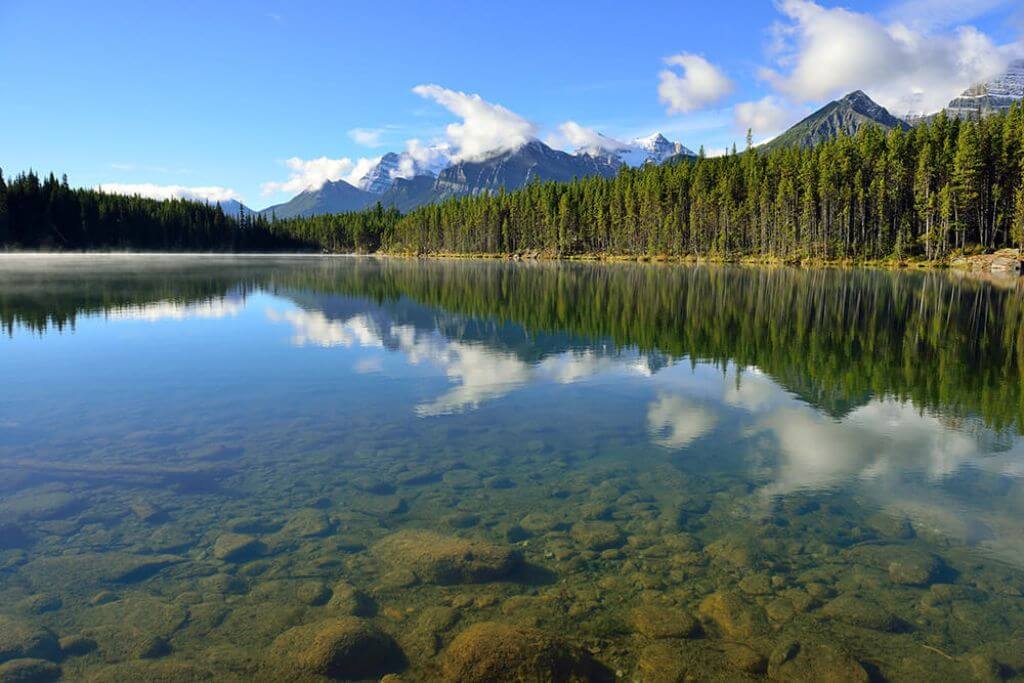
Grand Lake, Canada’s third deepest lake, is located in Newfoundland. It is 1,558 feet deep and generates hydroelectric power. Glover Island in Grand Lake is the 19th largest lake island in the world. This island has its own set of lakes, ponds, and mountains. Recreational boaters flock to Grand Lake.
Great Bear Lake: the world’s 31st deepest lake
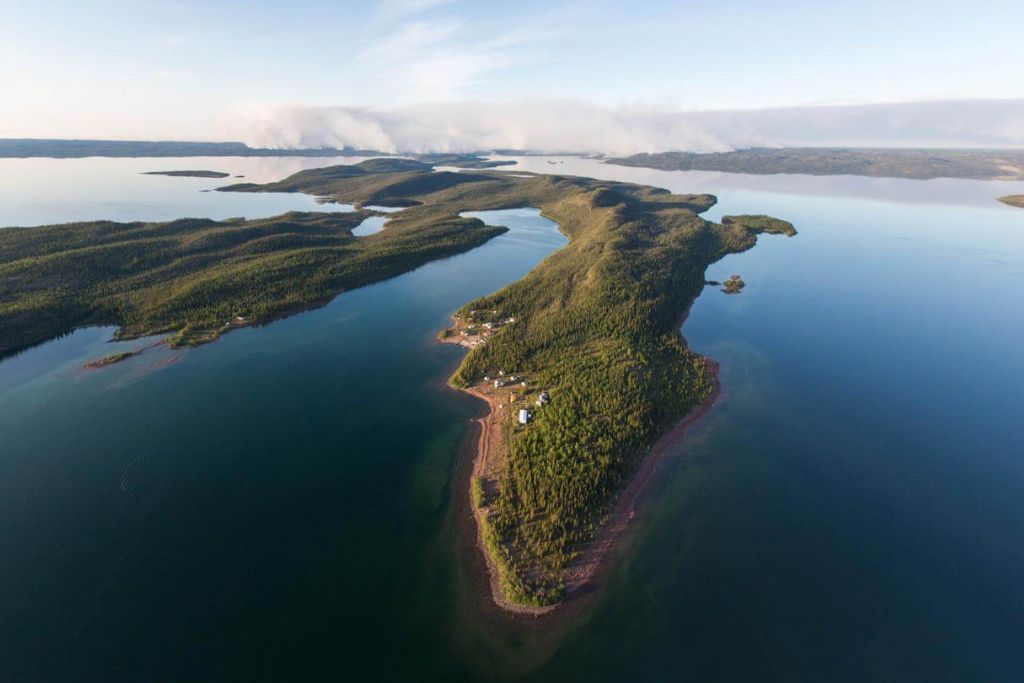
Great Bear Lake, located in Canada’s Northwest Territories, is the country’s largest and fifth-deepest lake. It reaches a maximum depth of 1,463 feet. Great Bear Lake, like Great Slave Lake, is frozen for much of the year.
Lake Superior: the world’s 37th deepest lake
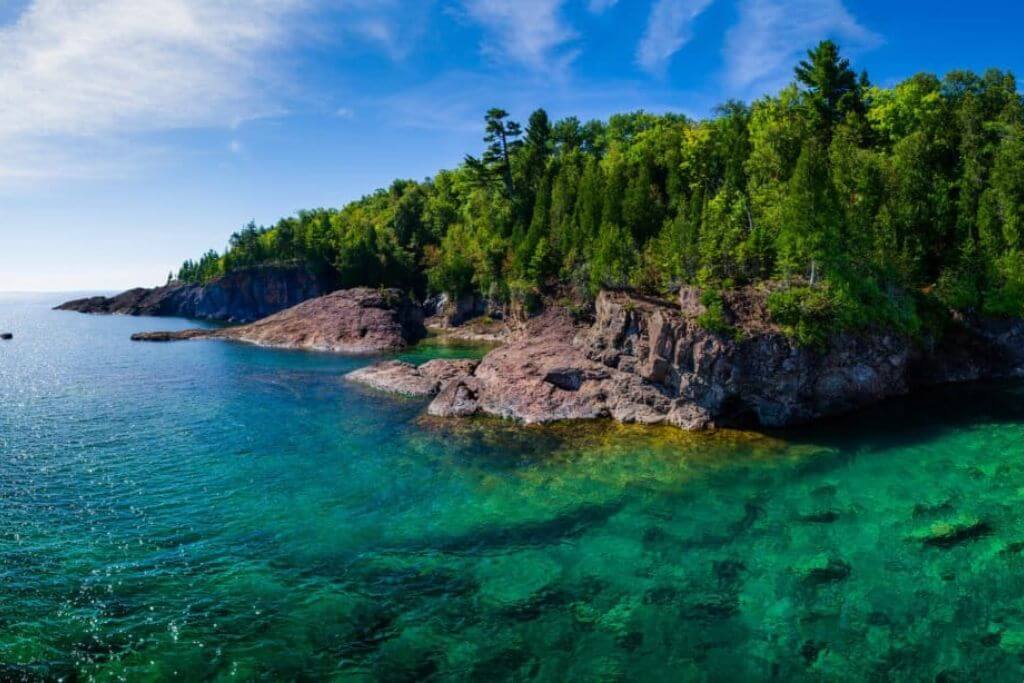
Lake Superior, the largest of the Great Lakes, is also the deepest Great Lake and the sixth deepest lake in Canada. It can reach a maximum depth of 1,332 feet. Lake Superior is technically a global lake. It is part of the United States, but because it is also part of Canada, it is listed here as a Canadian lake.
